Moon, Mars — #China leads to both .
In the Senate hearing considering the confirmation of Jared Isaacman as NASA Administrator, he and Senator Ted Cruz engaged in extensive dialogue about China. They strongly expressed the view that the United States must get our astronauts back to the moon before the Chinese get theirs there. Isaacman expanded that goal to assert that we should work on sending humans to Mars at the same time.
The six-decade old idea of a space race with astronauts putting footprints on the moon is still with us. It is good for politics, but not good for space development or for national strategy. Whether for commercial concepts like resource mining, or for military strategy like cis-lunar dominance, or scientific purposes like a lunar far side observatory or moon base, activity will be largely robotic, characterized by advanced technology of augmented reality, telerobotics, quantum communications and artificial intelligence. And with robotic missions and progress to a moon base, the Chinese are leading. In this decade they have conducted two lunar sample returns with rovers, including one to the lunar far side. The U.S. has never done a robotic lunar sample return. China has also begun emplacement of the lunar communication infrastructure and initiated first steps in development of the planned International lunar research station. In that same time, the U.S. has cancelled its only planned lunar rover and conducted several attempted smallsat missions with new companies — only one of which has succeeded with a two-week mission.
On Mars, the U.S. has delayed its Mars Sample Return plans, despite the wonderful collection already assembled by its Perseverance rover, while China has actually accelerated its timetable for a Mars Sample Return to launch in 2028.
In speeches, we lead. President Trump, Elon Musk, and now Administrator-designate Isaacman all assert the U.S. human Mars goal. But they do not mention (out of ignorance or convenience) the obvious engineering and scientific requirements for precursor knowledge and testing for a robotic Mars return mission. They do not mention the toxicity of the Martian surface, the terrible health effects of long-duration interplanetary flight, the incredibly thin Martian atmosphere that has to slow down a very-heavy landing vehicle with the humans on board, the closed-loop ecological life support necessary, or the sheer number of rendezvous and in-orbit docking and transfers that will be necessary to test and prove.
All that requires robotic Mars Sample Return — now, so unimportant to NASA as to not even be included in their moon-Mars architecture, and so unimportant to the policy planners as to not being mentioned in the Senate confirmation hearings. The Chinese will beat us with their Mars Sample Return, but we are making no plans for cooperation, either in science or mission development, to boost our program.
If the moon race was about development and utilization, instead of about footprints, we would keep our astronauts in orbit and teleoperate the instruments, vehicles and machines on the surface. We would accomplish more surface operations — faster and at much lower cost — that way. And science investigations, even an astronomical observatory, as well as technologies such as drilling and mining, are inherently robotic, and would be advanced more quickly if teleoperated than if having to be coupled with a human-support system in the hostile lunar or Martian environment.
With the astronauts in orbit, they would be doing what they do best — thinking and controlling, not hopping in space suits and worrying about life support. If the race to Mars were really to get humans there faster, we would not be detouring them to the lunar surface where the entry, descent, landing and environmental conditions are totally different. We would be preparing them for long-duration flights, first in lunar orbit, then with excursions beyond Earth orbit. The notion of a lunar base preparing us for Mars missions is as sensible as a trip to Omaha preparing us for a trek to Nepal.
The human spaceflight goals are symbolic — and the U.S. already won that race a half-century ago. The U.S. now should capitalize on its half century experience of scientific and technological leadership — not to repeat the past, but to create a new kind of space cooperation of humans and robots together on other worlds. Instead, it appears now just the opposite — the Trump administration rejecting science (despite Isaacman’s endorsement of the science program) and robotic missions of exploration including the Mars Sample Return. Not doing Mars Sample Return is a clear statement that we will never be ready to send humans there.
Louis Friedman is co-founder and Executive DirectorEmeritus of The Planetary Society

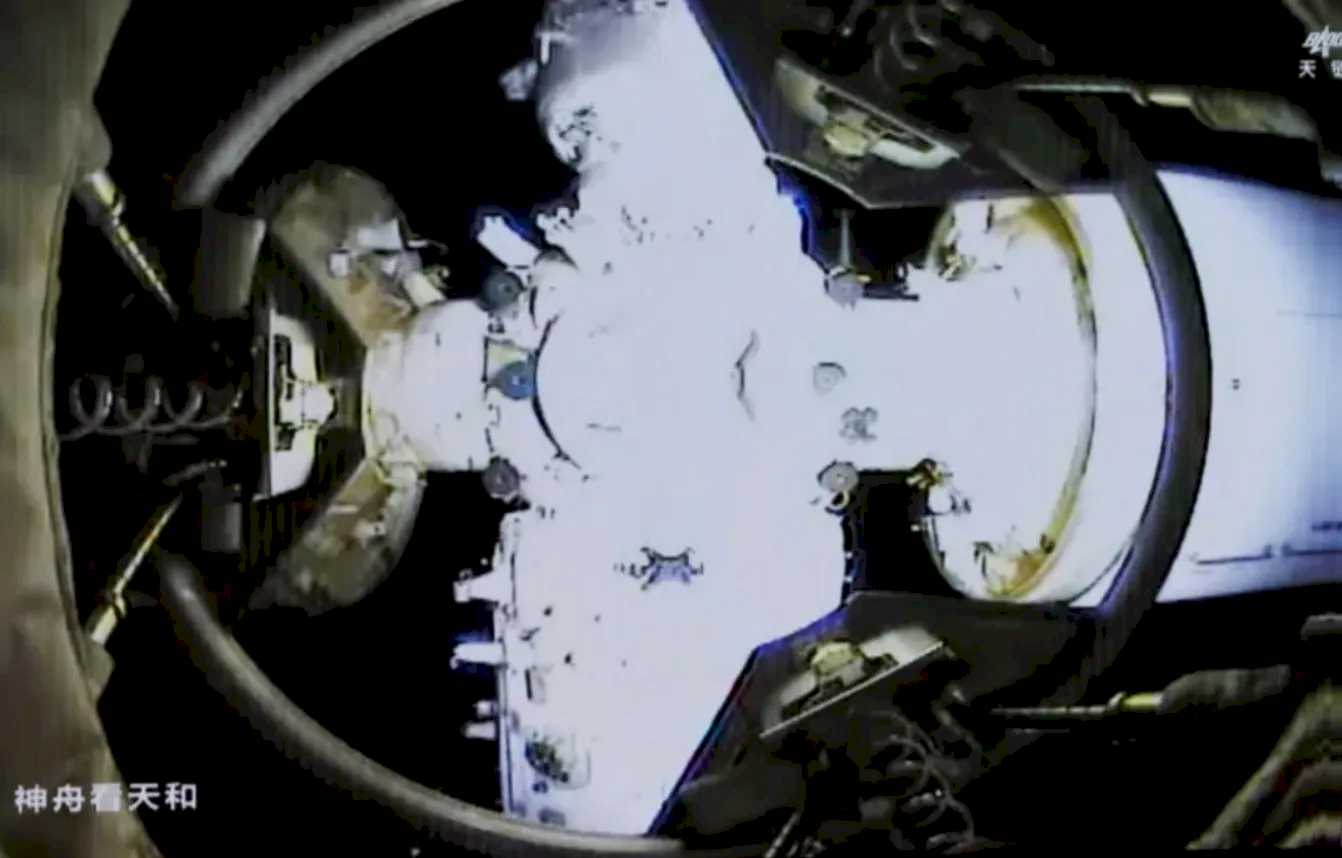

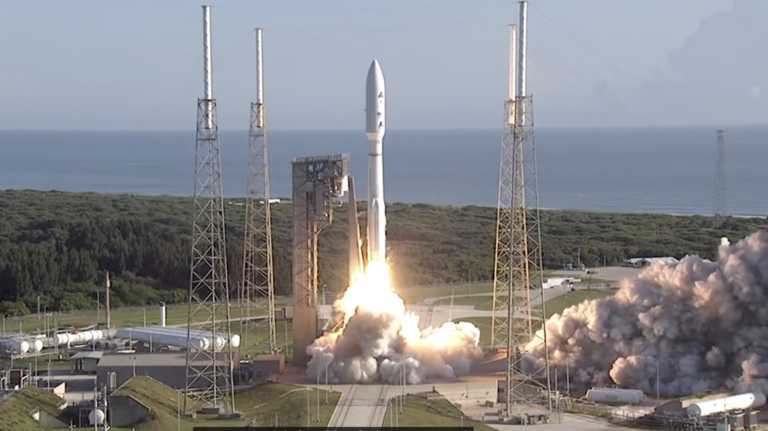


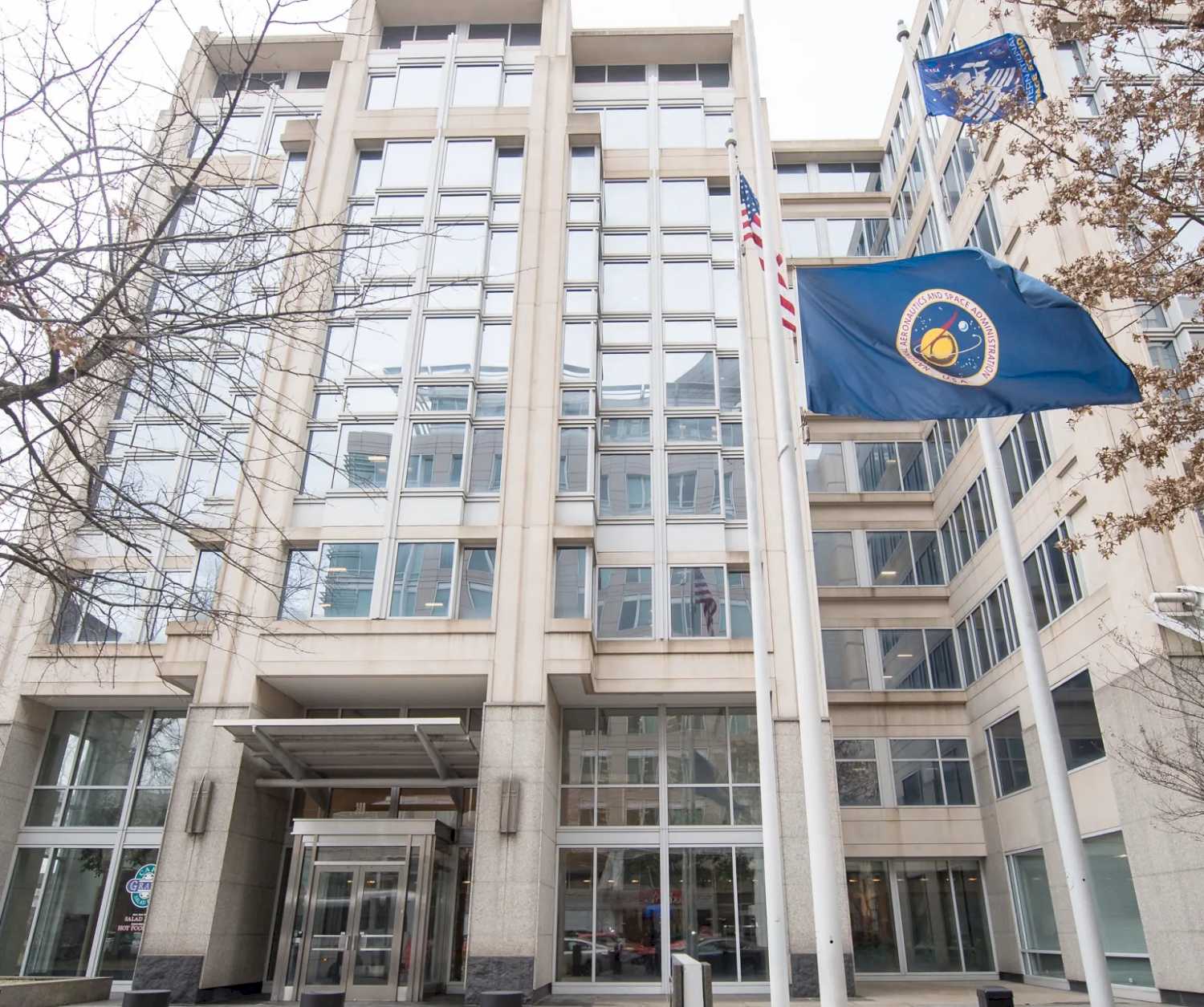



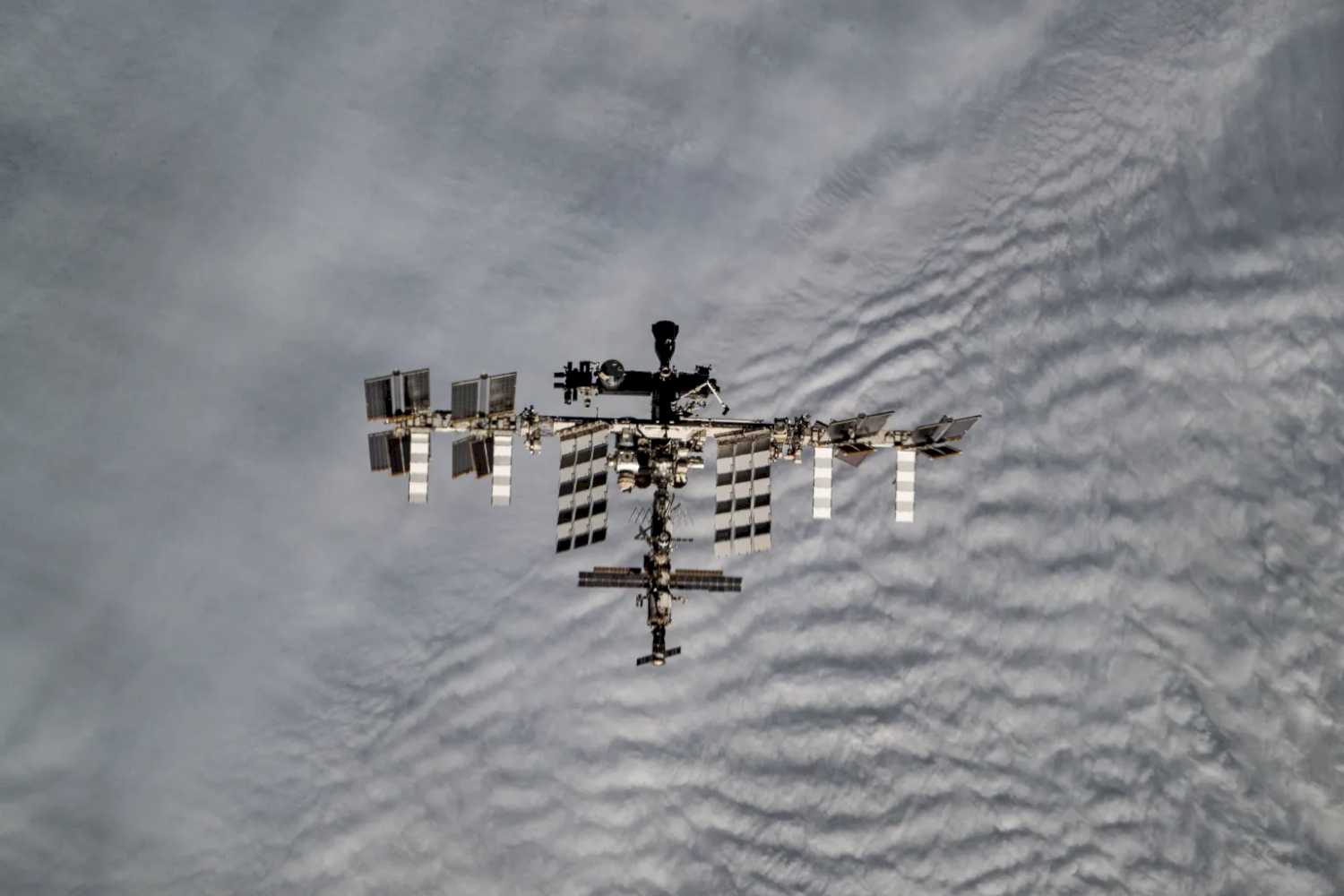
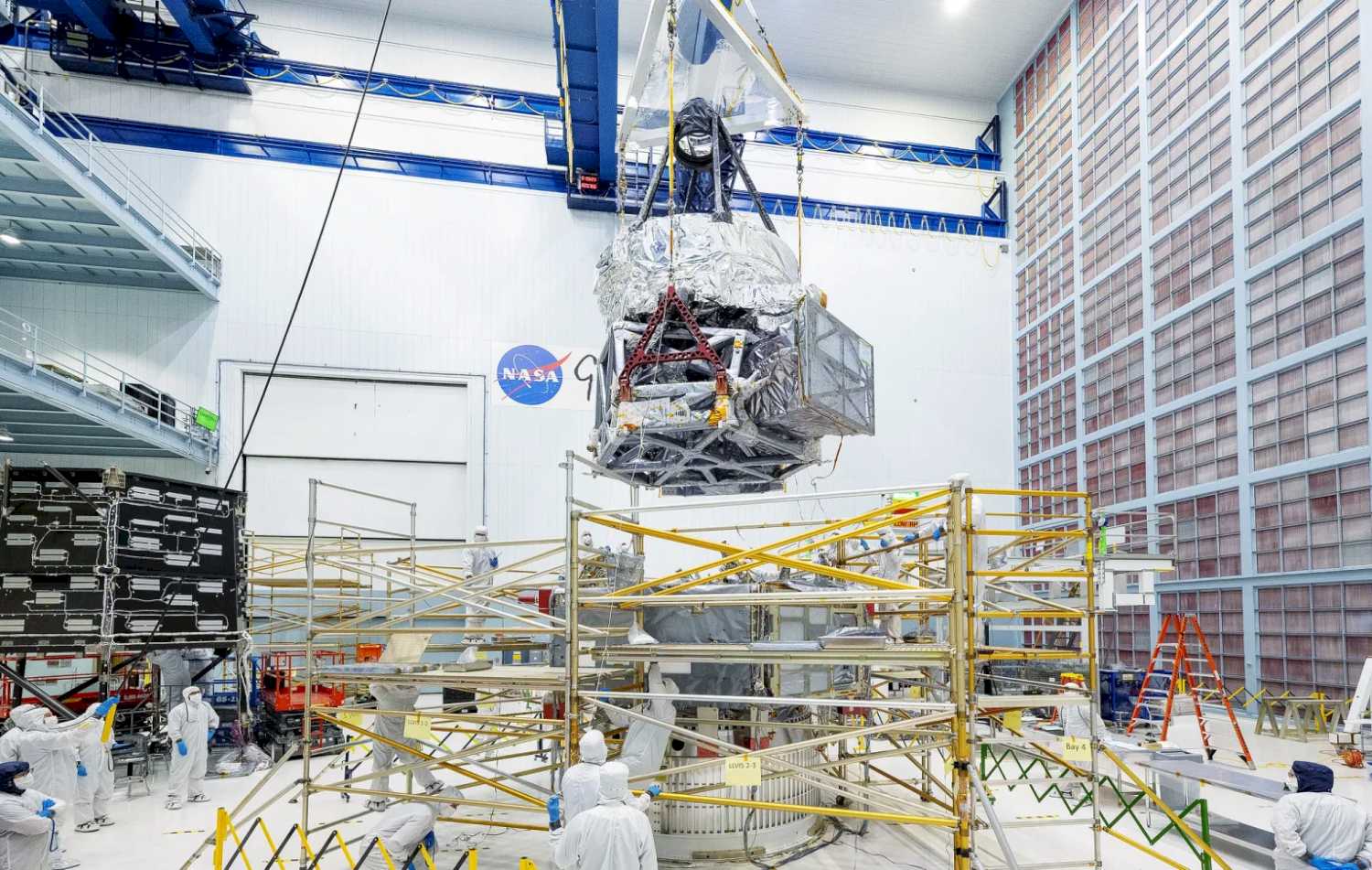
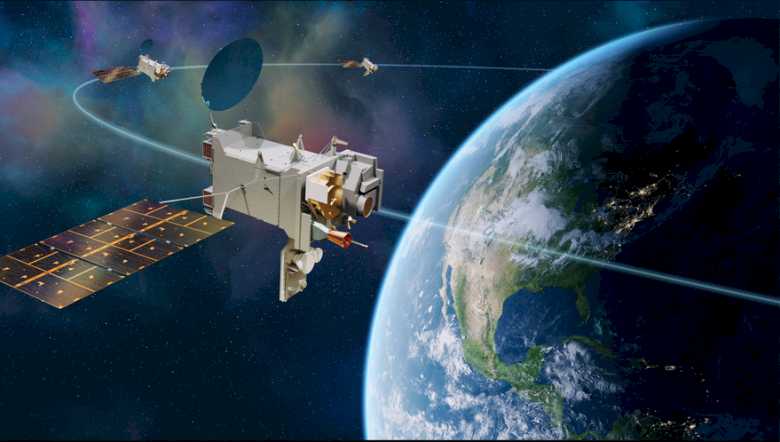



Space news on Umojja.com